This object dates from the 3rd - 4th centuries AD.
It is not uncommon to see figures of donors in the Gandharan period, who like prayers are often represented in the art of Gandhara because benefactors "patrons" of the spread of Buddhism.
These laypersons highlight the practice of Buddhist worship and the importance it has in their present and future lives. He is shown here with a draped headdress. This importance of ornamentation, including for male figures, undoubtedly refers to a repertoire of Indian inspiration. The aquiline nose refers more to a Hellenistic iconographic repertoire, which is characteristic of Greco-Buddhist art.
Note that terracotta has been used very little in Gandharan statuary art, which gives this piece a certain interest.
Height alone : 3.94 inches
Height with support : 5.9 inches
Base in used condition
The purchase will be accompanied by a certificate on request.







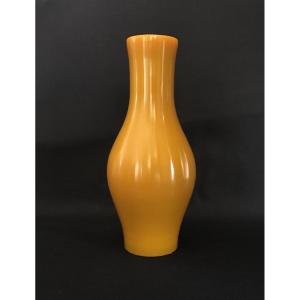
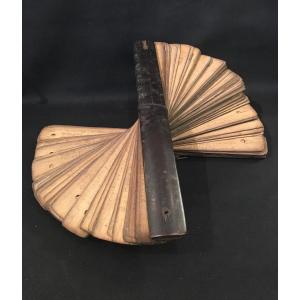
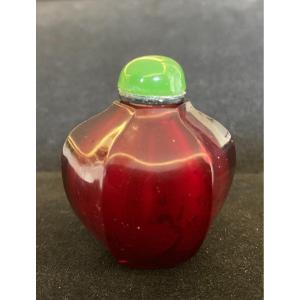




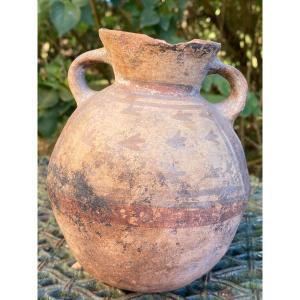


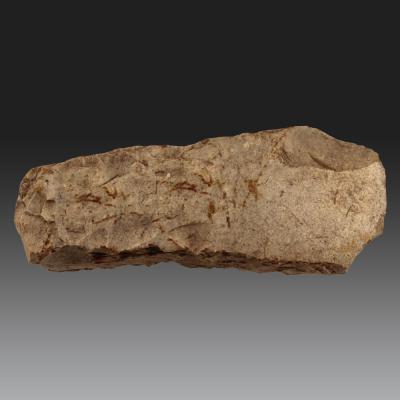
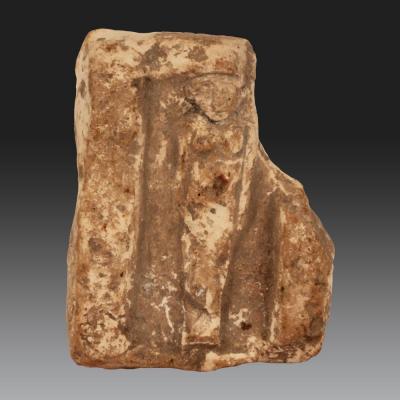




 Le Magazine de PROANTIC
Le Magazine de PROANTIC TRÉSORS Magazine
TRÉSORS Magazine Rivista Artiquariato
Rivista Artiquariato
